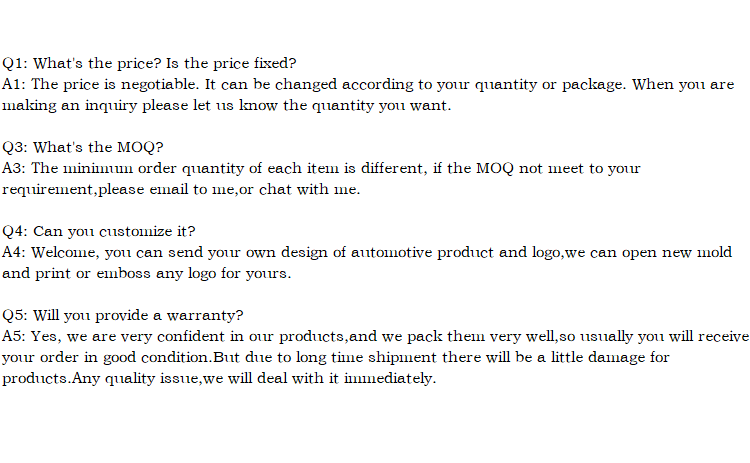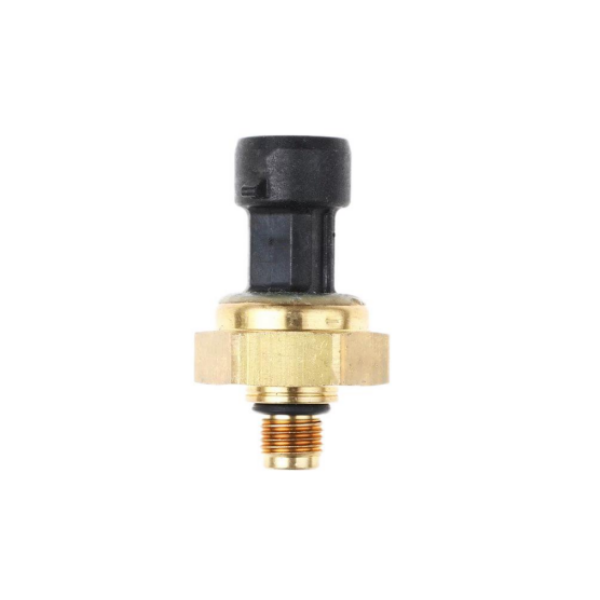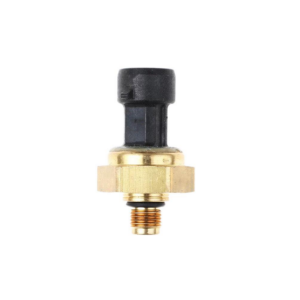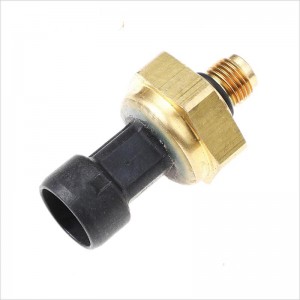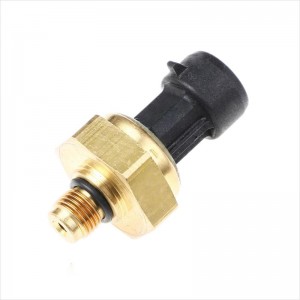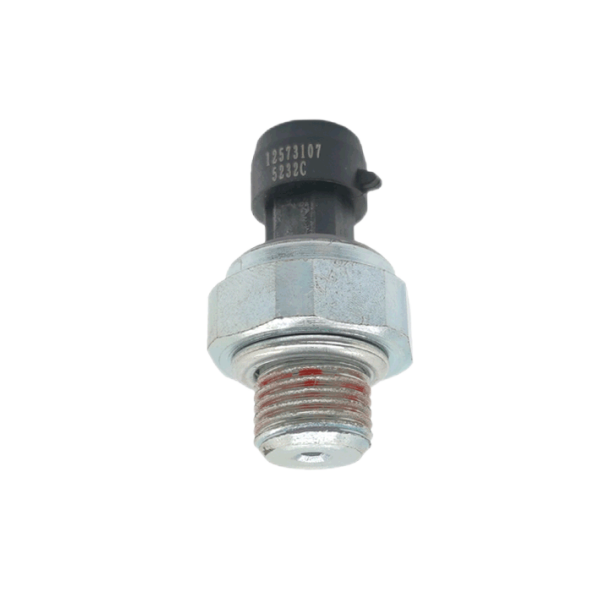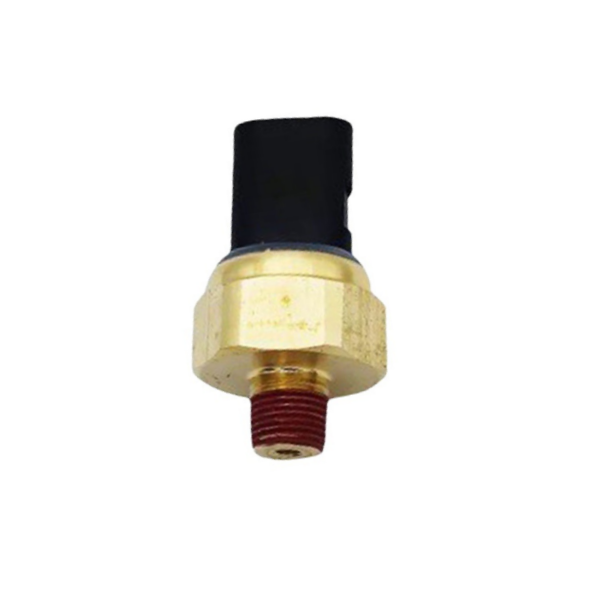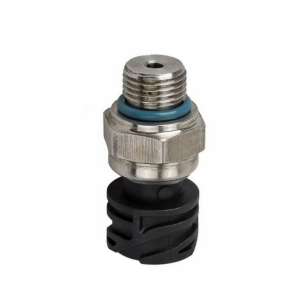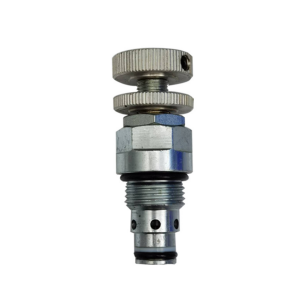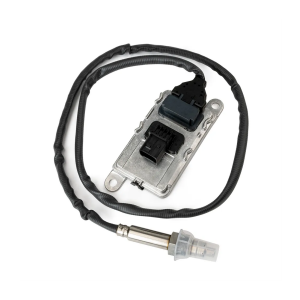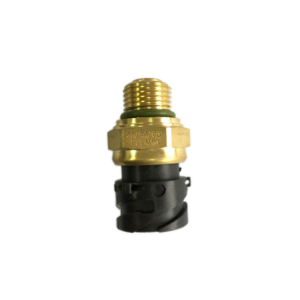Suitable for truck electronic pressure sensor 1846481C92
Product introduction
Mechanical method
Mechanical stability treatment is usually carried out when the product is basically formed after the compensation and adjustment of the load cell circuit and the protective seal. The main processes are pulse fatigue method, overload static pressure method and vibration aging method.
(1) Pulsating fatigue method
The load cell is installed on the low-frequency fatigue testing machine, and the upper limit is rated load or 120% rated load, and the cycle is 5,000-10,000 times at a frequency of 3-5 times per second. It can effectively release the residual stress of elastic element, resistance strain gage and strain adhesive layer, and the effect of improving zero point and sensitivity stability is extremely obvious.
(2) Overload static pressure method
Theoretically, it is suitable for all kinds of measuring ranges, but in practical production, aluminum alloy small-range force sensor is widely used.
The process is as follows: in a special standard weight loading device or simple mechanical screw loading equipment, apply 125% rated load to the load cell for 4-8 hours, or apply 110% rated load for 24 hours. Both processes can achieve the purpose of releasing residual stress and improving zero point and sensitivity stability. Because of the simple equipment, low cost and good effect, the overload static pressure process is widely used by aluminum alloy load cell manufacturers.
(3) vibration aging method
The load cell is installed on the vibration platform with rated sinusoidal thrust meeting the requirements of vibration aging, and the frequency is estimated according to the rated range of the weighing cell to determine the applied vibration load, working frequency and vibration time. Resonance aging is better than vibration aging in releasing residual stress, but the natural frequency of the load cell must be measured. Vibration aging and resonance aging are characterized by low energy consumption, short period, good effect, no damage to the surface of elastic elements and simple operation. The mechanism of vibration aging is still inconclusive. The theories and viewpoints put forward by foreign experts include: plastic deformation theory, fatigue theory, lattice dislocation slip theory, energy viewpoint and material mechanics viewpoint.
Product picture

Company details







Company advantage
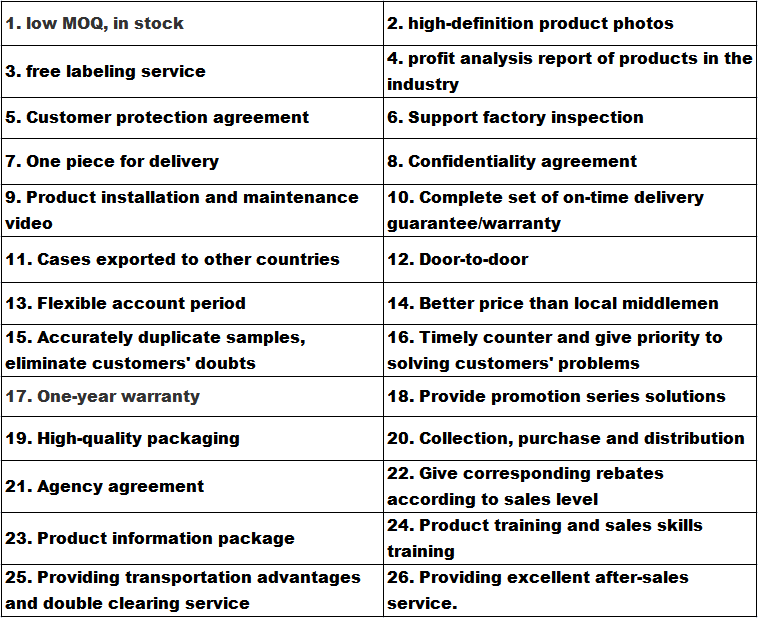
Transportation

FAQ
